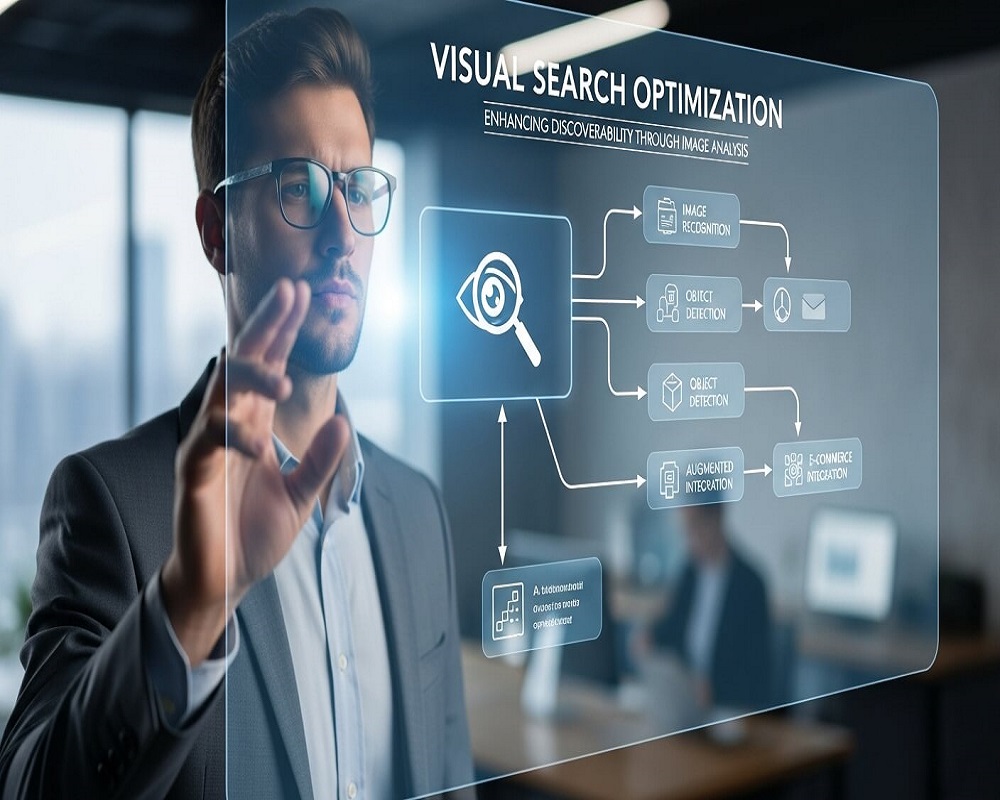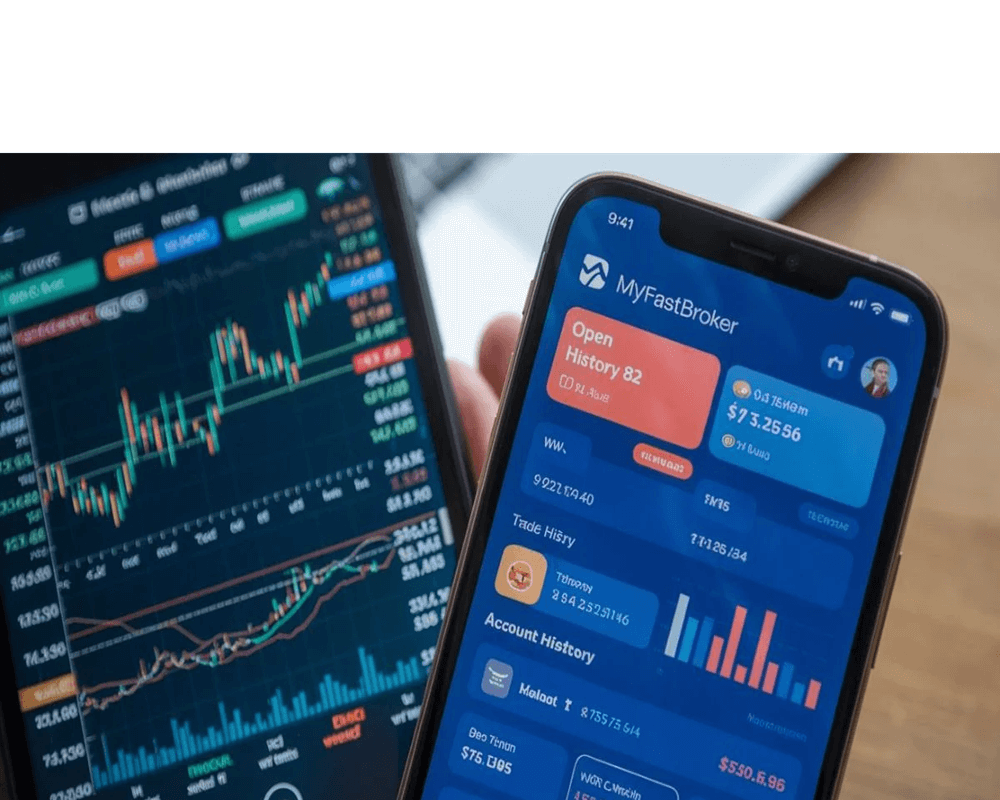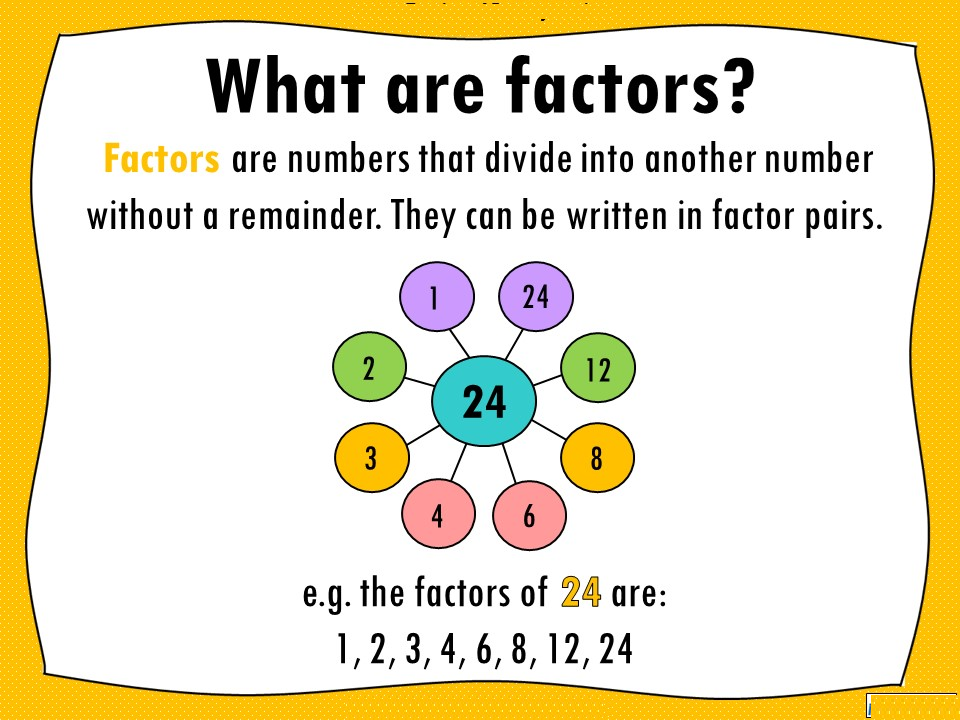Visual search optimization is a specialized branch of search engine optimization (SEO) that focuses on preparing images, videos, and other visual content to perform well in visual search engines. Unlike traditional text-based searches, visual search allows users to upload or capture an image to find similar items, information, or products. This technology relies on artificial intelligence (AI), machine learning, and computer vision to analyze visual elements like shapes, colors, patterns, and objects within an image.
In the context of SEO, visual search optimization ensures that your website’s visual assets are discoverable through platforms like Google Lens, Pinterest Lens, Bing Visual Search, and emerging tools from Apple and Amazon. As search behaviors evolve, with users increasingly turning to mobile devices for quick, image-driven queries, optimizing for visual search has become essential for driving traffic, enhancing user engagement, and boosting conversions. For instance, millions of visual searches occur monthly, with a significant portion tied to shopping and product discovery.
This article delves into the fundamentals of visual search, its mechanics, historical development, and why it matters for modern SEO strategies. We’ll explore practical optimization techniques, tools, real-world case studies, and emerging trends to help you implement effective visual search optimization on your site.
Understanding Visual Search: The Basics
Visual search refers to a search method where an image serves as the query input instead of text. Users can snap a photo, upload an existing image, or use a screenshot to search for related content. This differs from traditional image search, which starts with a text query to retrieve images. For example, searching “red rose” in Google Images yields image results based on text, while visual search might involve uploading a photo of a flower to identify its species, find similar products, or locate purchase options.
The rise of visual search is tied to advancements in AI and mobile technology. Platforms like Pinterest allow users to zoom into specific parts of an image for targeted searches, while Google Lens integrates with Android devices for seamless real-time scanning. This technology isn’t limited to e-commerce; it extends to education (identifying landmarks), healthcare (analyzing medical images), and everyday problem-solving (translating text in photos).
Key components include:
- Image Recognition: AI algorithms detect objects, text, and scenes.
- Similarity Matching: Comparing the query image to indexed visuals in databases.
- Contextual Integration: Combining visual data with text for multisearch, where users add descriptive queries like “similar but in blue.”
By optimizing for these elements, businesses can tap into a more intuitive search experience, catering to users who prefer visual over textual input.
How Visual Search Works: A Technical Overview
At its core, visual search employs computer vision and deep learning to process and interpret images. The process begins when a user submits an image via a search tool. The system extracts features such as edges, textures, colors, and shapes using convolutional neural networks (CNNs). These features are then converted into numerical vectors, or embeddings, which represent the image in a high-dimensional space.
Search engines use content-based image retrieval (CBIR) to match these vectors against a vast index of pre-processed images. Metadata, including alt text, captions, and surrounding content, enhances accuracy by providing contextual clues. For instance, AI vision tools analyze images for labels, text, and properties, helping refine results.
The workflow includes:
- Image Upload/Capture: Users provide the input via camera or file.
- Feature Extraction: AI identifies key elements (e.g., object detection using models like YOLO or ResNet).
- Indexing and Matching: The system queries a database for similar vectors, often using techniques like k-nearest neighbors (k-NN).
- Result Ranking: Results are ranked based on relevance, incorporating user location, search history, and multisearch text.
- Display: Outputs include similar images, product links, or informational overlays.
Challenges include handling variations in lighting, angles, and quality, which is why optimization focuses on high-resolution, focused images. Multisearch near me combines visual input with location data for hyper-local results, like finding nearby restaurants matching a dish photo.
The Evolution of Visual Search Technology
Visual search has roots in early computer vision research from the 1990s, but it gained traction with consumer applications in the 2010s. Early tools allowed users to search by photo for landmarks and books. Pinterest introduced its Lens in 2017, revolutionizing e-commerce by enabling shoppable pins from real-world images.
The 2020s saw explosive growth with AI advancements. Visual search tools evolved to handle billions of monthly searches, integrating with features like Circle to Search for on-screen queries. Bing Visual Search and Amazon’s StyleSnap followed, focusing on product matching. The COVID-19 pandemic accelerated adoption, as contactless shopping surged.
Today, visual search incorporates augmented reality (AR) for virtual try-ons and multimodal AI, blending images with voice or text. Future integrations with wearables like smart glasses promise even more seamless experiences.
Why Visual Search Matters for SEO
Incorporating visual search into SEO strategies expands visibility beyond text-based rankings. Visual content drives higher engagement, with optimized images appearing in AI Overviews, Discover feeds, and image carousels, potentially increasing click-through rates (CTR) significantly.
For e-commerce, visual search captures intent-driven traffic, reducing bounce rates and boosting conversions. A notable portion of visual searches are shopping-related, highlighting revenue potential. It also enhances brand awareness, as appearing in visual results positions your content as authoritative.
From an SEO perspective, visual optimization complements traditional efforts by improving site speed, accessibility, and user experience—factors search engines prioritize. Neglecting it means missing out on mobile-first users, who conduct over half of searches visually on devices. Moreover, with AI search engines incorporating visuals, optimization ensures broader discoverability.
Key Strategies for Visual Search Optimization
Effective visual search optimization requires a multifaceted approach, aligning technical SEO with content strategy.
- High-Quality Image Creation: Use clear, focused images with a single subject. Multiple angles increase matching chances—e.g., product photos from front, side, and back.
- Metadata Optimization: Craft descriptive file names (e.g., “blue-athletic-shoes-side-view.jpg”) and alt text incorporating keywords naturally. Avoid stuffing; focus on accessibility.
- Structured Data Implementation: Add schema markup for products, recipes, or videos to enable rich results. Tools simplify this process.
- Image Sitemaps: Submit dedicated sitemaps to aid crawling, especially for JavaScript-loaded images.
- Contextual Embedding: Surround images with relevant text, captions, and headings to provide semantic clues for AI interpretation.
- Compression and Formats: Use WebP or AVIF for faster loading without quality loss. Compression tools help optimize files.
- Multimodal Optimization: Prepare for multisearch by optimizing for combined text-image queries, ensuring content answers related questions.
- Mobile Responsiveness: Implement responsive images with srcset attributes to serve appropriate sizes across devices.
Integrating these strategies builds a robust visual SEO foundation, enhancing rankings in both visual and traditional searches.
Best Practices for Implementing Visual Search Optimization
To maximize results, adhere to these proven best practices:
- Audit Existing Assets: Identify missing alt text, broken images, or slow-loading visuals with SEO audit tools.
- Test with AI Tools: Upload images to vision APIs to see interpreted labels and adjust accordingly.
- Video Integration: Optimize videos with thumbnails, transcripts, and schema for platforms feeding into visual searches.
- Accessibility Focus: Ensure alt text describes images for screen readers, improving UX and SEO.
- Governance and Centralization: For enterprises, use digital asset management (DAM) systems to manage visuals consistently across channels.
- Performance Tracking: Monitor metrics like image impressions and CTR from visual results using analytics tools.
- Avoid Common Pitfalls: Don’t use generic file names or ignore compression, as these hinder discoverability.
These practices, when applied consistently, can lead to significant traffic uplifts, as seen in optimized sites outperforming competitors.
Tools and Technologies for Visual Search Optimization
Several tools streamline visual search optimization:
- Vision APIs: Analyze images for optimization insights.
- SEO Platforms: Offer keyword research and site audits tailored for images.
- Pinterest Lens and Business Tools: For e-commerce, enable visual discovery and analytics.
- Bing Visual Search: Provides reverse image search with integration for Microsoft ecosystems.
- Image Management Platforms: Offer automatic optimization and CDN delivery.
- Schema Generators: Simplify markup addition with JSON-LD tools.
Emerging AI tools specialize in visual search for retail, using machine learning for product tagging.
Case Studies: Success Stories in Visual Search Optimization
Real-world examples illustrate the impact:
- Furniture Retail: A brand with fewer image errors outperformed competitors in image packs, showing the value of audits.
- Hospitality Business: Optimized visuals led to a significant increase in search appearances.
- Book Retail: Entity-oriented optimization boosted organic traffic dramatically, incorporating visual elements.
- Baby Products: Semantic and visual tweaks yielded a substantial traffic spike in months.
These cases show that comprehensive optimization, including visuals, drives measurable growth.
Future Trends in Visual Search and SEO
Looking ahead, visual search will integrate more with AR and AI. Trends include personalized results via user data, multimodal searches combining voice and visuals, and shoppable AR experiences. Advancements signal a shift to entity-based, contextual searches.
By 2025, expect increased focus on video SEO and generative AI for image creation. Businesses should prepare by building topical authority through semantic networks.
Frequently Asked Questions
1.What is the difference between visual search and image search?
Visual search uses an image as input, while image search relies on text queries.
2.How can I optimize images for visual search tools?
Focus on high-quality images, schema markup, and descriptive metadata.
3.What are high-volume keywords for visual search optimization?
Common ones include “visual search SEO strategies,” “optimize images for AI search,” and “visual search optimization tips.”
4.Is visual search important for e-commerce?
Yes, it drives a significant portion of shopping-related queries, enhancing product discovery.
5.How do I measure visual search performance?
Use analytics tools for impressions and SEO platforms for audits.
Conclusion
Visual search optimization is pivotal for future-proofing your SEO strategy. By implementing these techniques, you can enhance visibility, engage users, and drive growth in an increasingly visual digital landscape. Start with an audit and build from there for optimal results.
Saad Raza is an SEO specialist with 7+ years of experience in driving organic growth and improving search rankings. Skilled in data-driven strategies, keyword research, content optimization, and technical SEO, he helps businesses boost online visibility and achieve sustainable results. Passionate about staying ahead of industry trends, Saad delivers measurable success for his clients.





